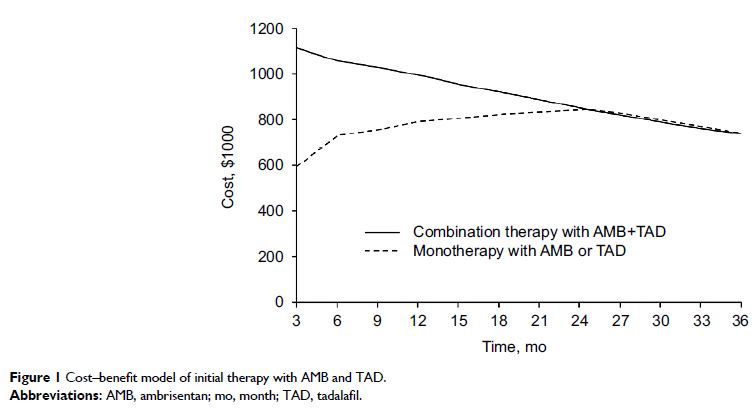9 7 8 1 6
论文已发表
注册即可获取德孚的最新动态
IF 收录期刊
- 3.3 Breast Cancer (Dove Med Press)
- 3.4 Clin Epidemiol
- 2.5 Cancer Manag Res
- 2.9 Infect Drug Resist
- 3.5 Clin Interv Aging
- 4.7 Drug Des Dev Ther
- 2.7 Int J Chronic Obstr
- 6.6 Int J Nanomed
- 2.5 Int J Women's Health
- 2.5 Neuropsych Dis Treat
- 2.7 OncoTargets Ther
- 2.0 Patient Prefer Adher
- 2.3 Ther Clin Risk Manag
- 2.5 J Pain Res
- 2.8 Diabet Metab Synd Ob
- 2.8 Psychol Res Behav Ma
- 3.0 Nat Sci Sleep
- 1.8 Pharmgenomics Pers Med
- 2.7 Risk Manag Healthc Policy
- 4.2 J Inflamm Res
- 2.1 Int J Gen Med
- 4.2 J Hepatocell Carcinoma
- 3.7 J Asthma Allergy
- 1.9 Clin Cosmet Investig Dermatol
- 2.7 J Multidiscip Healthc

已发表论文
Early intervention in the management of pulmonary arterial hypertension: clinical and economic outcomes
Authors Burger CD, Ghandour M, Padmanabhan Menon D, Helmi H, Benza RL
Received 9 September 2017
Accepted for publication 27 October 2017
Published 24 November 2017 Volume 2017:9 Pages 731—739
DOI https://doi.org/10.2147/CEOR.S119117
Checked for plagiarism Yes
Review by Single-blind
Peer reviewers approved by Dr Colin Mak
Peer reviewer comments 2
Editor who approved publication: Professor Giorgio Lorenzo Colombo
Abstract: Pulmonary arterial
hypertension (PAH) has a high morbidity rate and is fatal if left untreated.
Increasing evidence supports early intervention, possibly with initial
combination therapy. PAH-specific pharmaceuticals, however, are expensive and
may have serious adverse effects, particularly when used in combination. The
currently dynamic health care economy reinforces the need for a review of early
intervention from both outcomes and economic perspectives. We aimed to review
the clinical and economic impact of PAH therapy, particularly examining drug
cost, hospitalization burden, and health care economics impact, and the effect
of early intervention on clinical outcomes. We searched PubMed, Scopus, Ovid,
and MEDLINE databases from 2005 to 2017 for studies comparing drug cost,
clinical outcomes, and hospitalization burden associated with therapy for PAH.
Emerging data indicate that early therapy is effective, but drug therapy is
expensive, particularly with combination therapy. Efficacy studies also
generally show benefit of combination therapy for patients in World Health
Organization functional class II, with a consistent decrease in
hospitalization. Pharmacoeconomic studies are limited but indicate that
increased pharmacy costs are at least partially offset by decreased health care
utilization, particularly inpatient care. Modeling also shows a cost benefit
with combination therapy at 2 years. Nonetheless, more rigorously collected
health care economic data should be incorporated into future drug efficacy
trials to provide a clearer understanding of the impact and the associated cost
benefit of early PAH therapy. Increasing evidence in support of early intervention
and combination therapy for PAH is associated with rising medication costs that
are largely offset by reduced hospitalization, on the basis of the currently
available literature. Nonetheless, the studies performed to date have
methodologic limitations that highlight the need for prospective studies using
more robust economic modeling.
Keywords: combination therapy, health care costs, hospitalization, pulmonary arterial hypertension
Keywords: combination therapy, health care costs, hospitalization, pulmonary arterial hypertension
